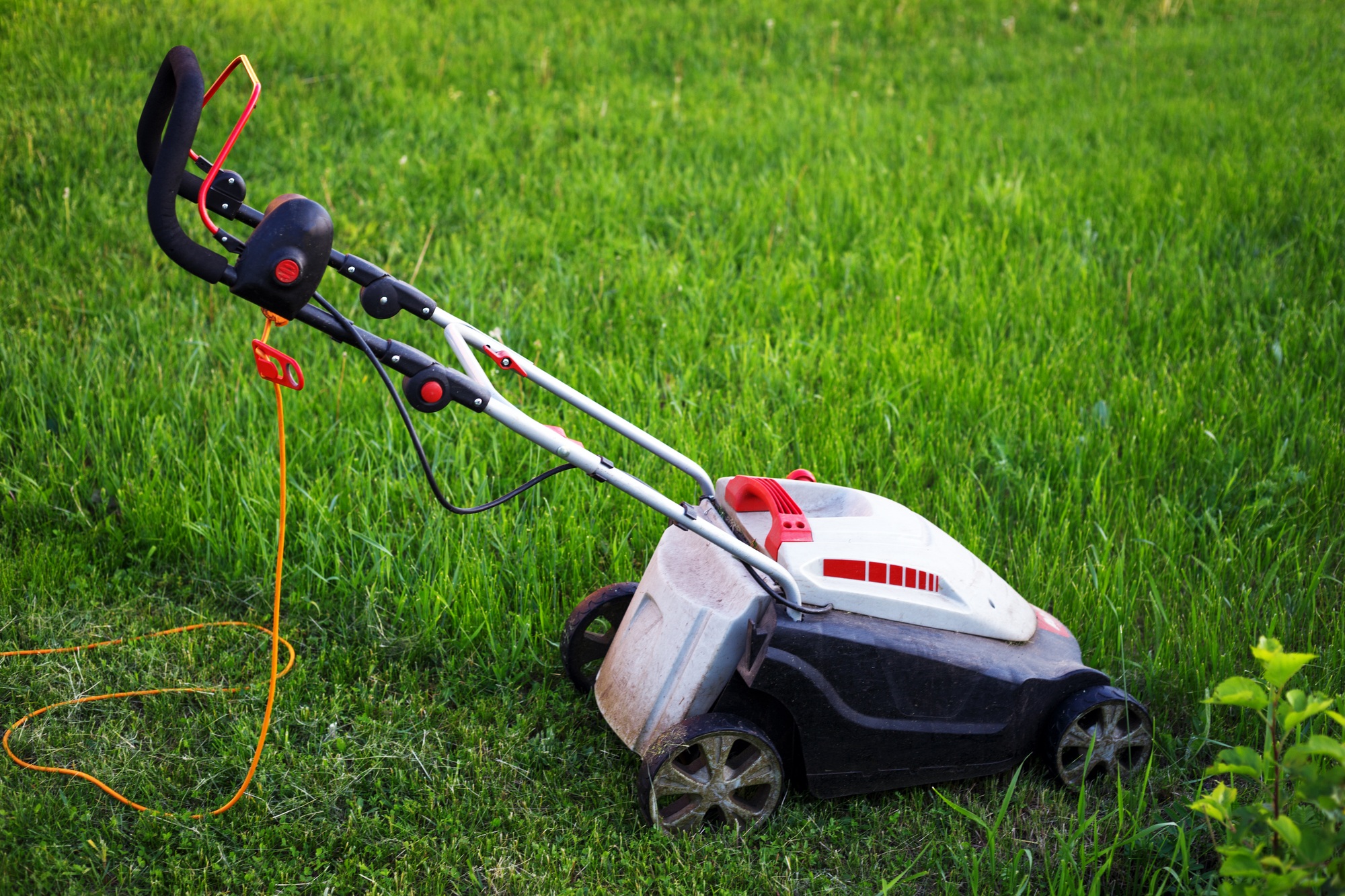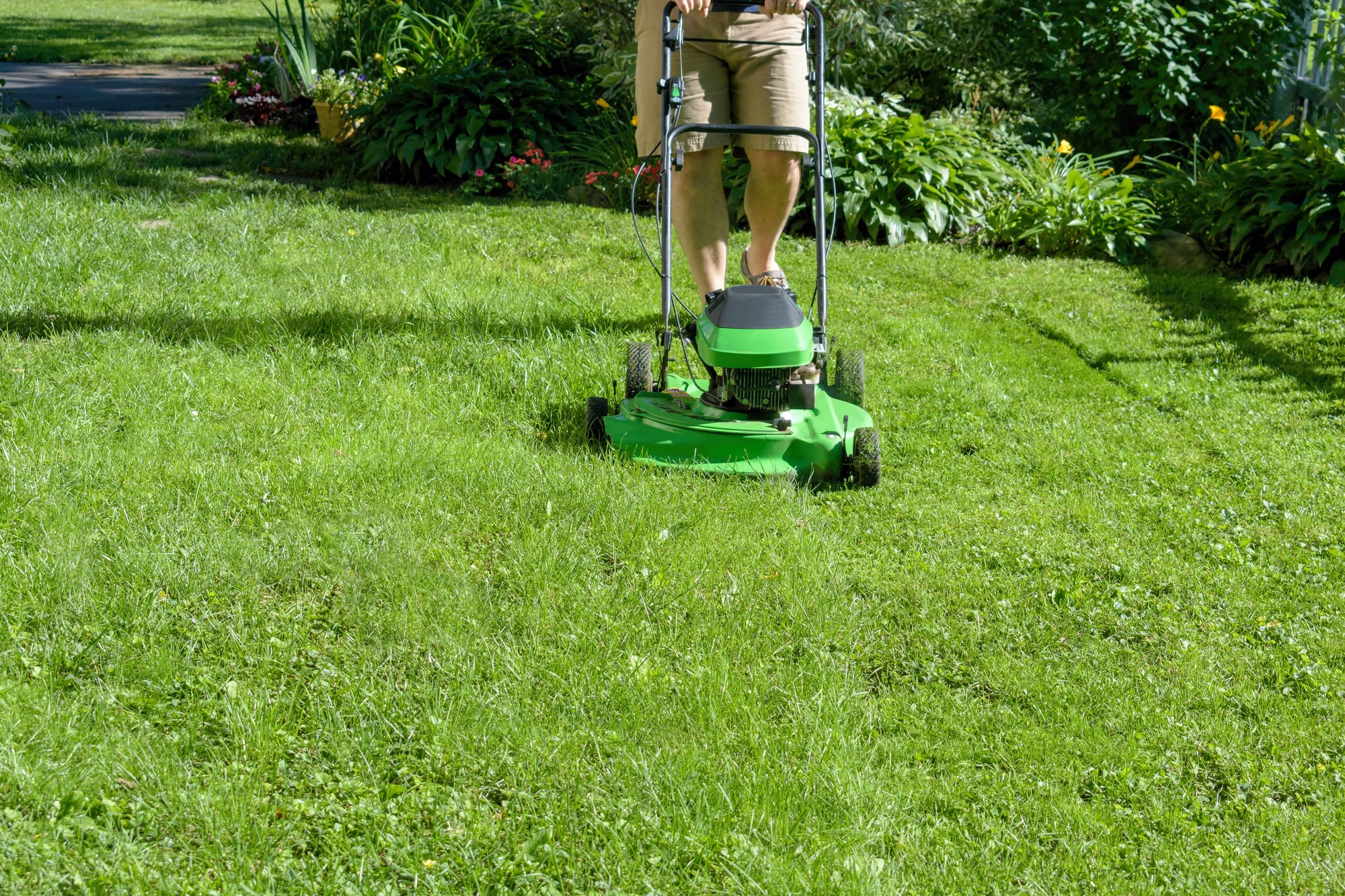Key Takeaways

- Grass Cutting Business Viability: The lawn care industry offers a stable market with consistent demand, particularly in spring and summer, making it an appealing business venture for outdoor enthusiasts.
- Target Audience Identification: Understanding your target audience, including homeowners, commercial properties, real estate agents, and property management companies, is crucial for effective marketing and service delivery.
- Essential Equipment: Key tools for starting a grass cutting business include various types of lawn mowers (push, self-propelled, and riding) and necessary safety gear, such as gloves and safety glasses.
- Business Plan Creation: Developing a comprehensive business plan is essential for outlining goals, target markets, pricing strategies, and operational procedures, helping to attract investors and guide the business.
- Marketing Strategies: Building a strong online presence through a well-optimized website, social media engagement, and local advertising can significantly enhance visibility and customer attraction for your grass cutting services.
- Pricing Approaches: Implementing competitive and value-based pricing strategies ensures your services remain attractive and profitable while reflecting the quality and benefits offered to customers.
Starting a grass cutting business can be a rewarding venture that combines your love for the outdoors with the potential for financial growth. With a minimal investment in equipment and a flexible schedule, you can turn your passion into profit. Whether you’re looking to earn some extra cash or launch a full-time enterprise, the lawn care industry offers plenty of opportunities.
In today’s competitive market, knowing how to stand out is crucial. From choosing the right equipment to marketing your services effectively, every step matters. You’ll learn how to create a solid business plan, attract customers, and build a reputation that keeps them coming back. Let’s dive into the essentials of starting your own grass cutting business and set you on the path to success.
Understanding the Grass Cutting Business

The grass cutting business presents a unique opportunity for small business startups. This sector thrives on consistent demand, making it an appealing option for entrepreneurs seeking to capitalize on their love for the outdoors.
Market Demand
The demand for grass cutting services remains steady throughout the year, with peak times during spring and summer. Homeowners and commercial properties require regular maintenance to keep their lawns pristine. According to industry reports, the landscaping service market grew by 4.5% annually over the last five years. This growth indicates a robust opportunity for your grass cutting business, as more individuals prioritize outdoor aesthetics and property value.
Target Audience
Identifying your target audience is crucial for effective marketing. Your potential customers include:
- Homeowners: Many seek regular lawn maintenance and prefer hiring professionals for reliability and quality.
- Commercial Properties: Businesses often outsource their landscaping needs to maintain a professional appearance.
- Real Estate Agents: Agents may recommend your services to homeowners preparing to sell homes, enhancing curb appeal.
- Property Management Companies: Regular maintenance of rental properties can improve tenant satisfaction.
By understanding these groups, you can tailor your marketing strategies to attract more clients, ensuring the growth of your startup in the competitive grass cutting market.
Essential Equipment and Tools

Starting a grass cutting business requires specific equipment and tools to ensure efficiency and effectiveness. Here are the key components you’ll need to invest in.
Lawn Mowers
Lawn mowers play a pivotal role in your grass cutting startup. Consider the following types:
- Push Mowers: Ideal for small properties, these mowers provide a hands-on approach to cutting grass. Suitable for tight spaces, ensuring precision.
- Self-Propelled Mowers: These are great for larger yards, as they ease the mowing process. They save effort while providing excellent cutting capability.
- Riding Mowers: Best for expansive lawns, riding mowers enhance productivity significantly. They allow you to cover large areas quickly, making them a strong investment for your business.
When selecting a mower, prioritize durability and efficiency, as these factors impact your service quality and customer’s satisfaction.
Safety Gear
Safety gear is essential for protecting yourself during mowing tasks. Equip yourself with:
- Safety Glasses: Protect your eyes from grass clippings and debris.
- Ear Protection: Use ear muffs or plugs to shield your hearing from loud mower noises.
- Gloves: Choose durable gloves to prevent blisters and improve grip on your equipment.
- Sturdy Footwear: Wear non-slip boots to ensure stability and safety while mowing.
Investing in proper safety gear not only safeguards you but also promotes a professional image for your small business.
Business Startup Steps

Starting a grass cutting business involves several key steps that lay the foundation for your success. Focus on gaining experience, defining your services, and establishing a valid business structure.
Creating a Business Plan
Drafting a business plan is vital for your startup. Outline your business goals, target market, and pricing strategy. Include sections on marketing approaches, operational procedures, and financial projections. A solid business plan not only clarifies your vision but also attracts potential investors or lenders. Start by researching competitors and identifying their strengths and weaknesses. This data will aid in positioning your small business in the lawn care market effectively.
Registering Your Business
Registering your business establishes your legal identity. Choose a suitable business structure, such as a sole proprietorship, LLC, or corporation. Each structure has specific implications for taxation and liability. Check local requirements for registering your business name and obtain the necessary licenses or permits. This step safeguards your venture while ensuring compliance with regulations, which is crucial for building credibility with clients.
Marketing Your Grass Cutting Services

Marketing your grass cutting services involves strategic approaches to reach potential customers and build your brand. Effective marketing sets your small business apart in a competitive landscape.
Online Presence
Develop a strong online presence to attract customers. Start by creating a professional website that showcases your services, pricing, and contact information. Optimize your website for search engines to improve visibility, using keywords like “grass cutting services” and “lawn care” throughout the content. Utilize social media platforms to engage with your audience; share before-and-after photos of completed projects and gather customer testimonials to build trust. Consider using local online directories and platforms like Google My Business to ensure customers find your startup easily. Regularly update your content, offering valuable tips on lawn care to position your business as an industry expert.
Local Advertising
Local advertising plays a crucial role in promoting your grass cutting services. Distribute flyers or postcards in neighborhoods you serve, highlighting your services, special offers, and contact details. Collaborate with local businesses, such as garden centers, to reach a broader audience. Attending local events and fairs can provide networking opportunities to meet potential clients directly. Word-of-mouth referrals remain powerful; encourage current customers to recommend your services in exchange for discounts. Consider sponsoring community events to enhance your visibility and demonstrate your commitment to the neighborhood.
By implementing these marketing strategies, you establish a robust presence in your local market while effectively attracting and retaining customers for your grass cutting business.
Pricing Strategies

Effective pricing strategies are essential for your grass cutting startup. A well-thought-out approach can help you stay competitive and attract more customers.
Competitive Analysis
Conduct a thorough competitive analysis to understand pricing within your market. Identify your main competitors and their service offerings, pricing models, and customer reviews. Analyze their strengths and weaknesses, focusing on what makes your service unique. This insight allows you to determine a pricing structure that reflects the value you provide while remaining competitive. Use local market surveys to gather relevant data on pricing ranges in your area, adjusting your rates to position yourself attractively against competitors.
Value-Based Pricing
Implement value-based pricing to align your prices with the benefits your grass cutting service delivers to customers. Consider factors like the quality of your equipment, your experience, and the convenience you offer. Set prices based on the perceived value from the customer’s perspective rather than just labor costs. For instance, if you provide additional services, such as lawn edging or debris removal, price these services according to the added benefits they offer. Regularly revisit your pricing strategy based on customer feedback and market changes to maintain attractiveness in your startup.
Conclusion

Starting a grass cutting business can be an exciting venture that combines your passion for the outdoors with the potential for financial success. By focusing on the right equipment and a solid marketing strategy, you can carve out a niche in a growing market. Remember to emphasize quality service and build a strong reputation to attract and retain customers.
As you embark on this journey, keep your business plan updated and remain adaptable to market changes. With dedication and the right approach, your grass cutting business can thrive and provide you with rewarding opportunities for years to come. Embrace the challenge and enjoy the journey ahead.
Frequently Asked Questions

What are the benefits of starting a grass cutting business?
Starting a grass cutting business offers several benefits, including minimal investment requirements, flexible scheduling, and the opportunity to earn extra income or pursue full-time entrepreneurship. It allows you to work outdoors and tap into a consistent market demand, especially during peak seasons.
What equipment do I need to start a grass cutting business?
Essential equipment includes different types of lawn mowers such as push mowers for small properties, self-propelled mowers for larger areas, and riding mowers for expansive yards. Additionally, you must invest in safety gear like safety glasses, ear protection, gloves, and sturdy footwear to ensure safety and professionalism.
How can I attract customers to my grass cutting business?
Attracting customers can be achieved through effective marketing strategies. Establish a strong online presence with a professional website and engage on social media. Local advertising methods, such as distributing flyers and collaborating with local businesses, can also help reach a wider audience and establish connections in the community.
What should be included in a business plan for a grass cutting startup?
A comprehensive business plan should outline your goals, target market, services offered, pricing strategy, marketing approaches, operational procedures, and financial projections. This plan not only clarifies your vision but also helps attract potential investors or lenders, laying a strong foundation for your business.
How do I determine my pricing for grass cutting services?
To set competitive pricing, conduct thorough market research to understand what competitors charge. Implement value-based pricing by aligning your rates with the benefits you offer to customers. Regularly revisit your pricing strategies based on customer feedback and market trends to ensure your rates remain attractive and profitable.
Image Via Envato: krisprahl, azgek, OlgaGimaeva, _Natalya, Olena_Mykhaylova, duallogic, andriymedvediuk, dero2084



